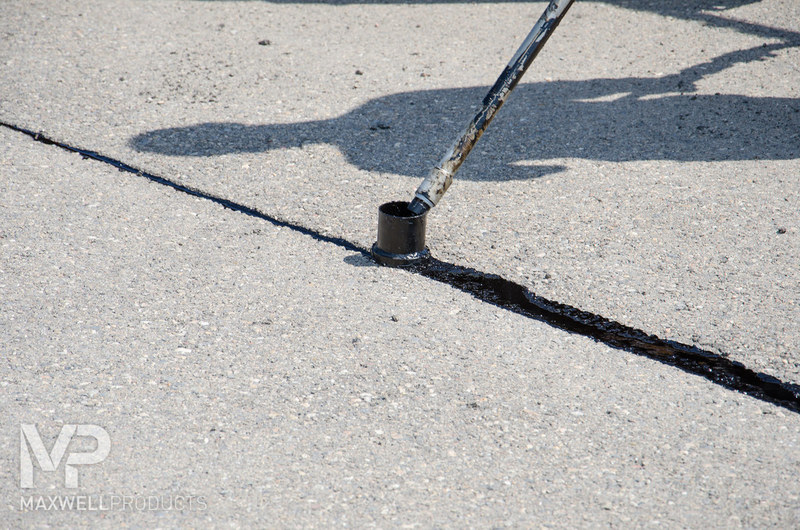View Photo
Solution Center
Repairing Block Cracking with:
Overband Crack Seal Flush Fill Crack Seal Simple Overband Crack Seal
Problem: Block Cracking
Similar to fatigue cracking, block cracking appears as an interconnected network of square or rectangular shaped cracks. Typically caused by thermal expansion/contraction, reflection of cracking below the top layer, and poor flexibility of asphalt binder, this type of cracking often occurs over a wide area and can appear in non-traffic areas. The blocks can vary in size, with larger blocks classified as longitudinal and transverse cracking.
Solution: Overband Crack Seal
One of the common and cost-effective methods of sealing pavement cracks, overband crack sealing is a procedure whereby the repair crew flush-fills the crack with sealant material and shortly afterward creates a wider band of material over the top. This crack sealing method includes routing of the crack, which provides a reservoir to allow sufficient sealant to properly bond, manage movement, and deliver a superior moisture seal. Filling the crack and overbanding can be accomplished in a single pass; however, some choose to break the process into two steps to accommodate thermal shrinkage of the sealant in the widened reservoir.
Comments
no comments







